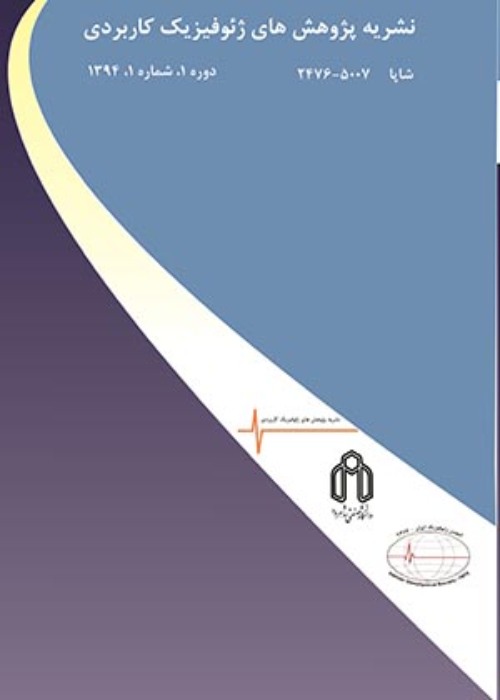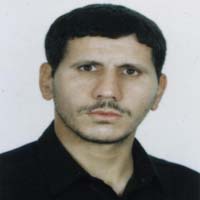Comparison of the results of various methods to determine hydraulic flow units and investigation of permeability- porosity relationship in one of hydrocarbon fields in south of Iran
Author(s):
Article Type:
Research/Original Article (دارای رتبه معتبر)
Abstract:
Summary
The spatial distribution of petrophysical parameters in reservoirs is one of the most important factors for reservoir characterization. A Flow unit is a continuous part of a specific volume of the reservoir in which its geological and petrophysical properties are alike. Therefore, accurate prediction of the flow units in a reservoir is a great task to reliably achieve petrophysical description of the reservoir. Normally, there is no simple relationship between porosity and permeability in reservoirs, thus, a proper method to evaluate the permeability - porosity relationship in hydrocarbon reservoirs is to determine hydraulic flow units. To present the permeability - porosity relationship in this paper, first, the hydraulic flow units in three wells of the hydrocarbon field under study were determined using the methods of flow zone indicator (FZI) and electrofacies, and then, the permeability - porosity relationship in each of the hydraulic flow units was investigated. The results indicate the same number of hydraulic flow units obtained by both methods. However, higher correlation coefficient is obtained for the permeability - porosity plot using FZI method compared to electrofacies method. Moreover, hydraulic flow units can be determined using electrofacies method from well logs even if porosity and permeability data are not available.
Introduction
Due to the heterogeneity of some reservoirs in macroscopic and microscopic dimensions, providing a detailed description of petrophysical properties of the reservoirs requires sufficient information about heterogeneity of the reservoirs. Determination of petrophysical properties is significant for exploration, production and management of hydrocarbon reservoirs A flow unit, is a specific volume of a reservoir that contains one or more lithological properties of reservoir, and may be in contact with other flow units. It is necessary to have the accurate prediction of flow units for modeling the reliable petrophysical reservoirs. In this research, conducted in three wells of a hydrocarbon field in south of Iran, hydraulic flow units are obtained using different methods, and then, permeability - porosity relationship in each of the hydraulic flow units is investigated.
Methodology and Approaches
In this research, to present permeability - porosity relationship, we, first, determine hydraulic flow units using FZI and electrofacies methods in three wells of the study field, and then, obtain and analyze permeability - porosity relationship in each of the hydraulic flow units.
Results and Conclusions
The results of this study have showed that equal number of hydraulic flow units is obtained from both FZI and electrofacies methods. However, the number of hydraulic flow units in one of wells is determined to be different from the other two wells. Furthermore, the obtained permeability - porosity relationship using the aforementioned methods in the hydrocarbon field, indicates that the FZI method establishes this relationship with higher correlation coefficient in comparison with the electrofacies method. However, even if the porosity and permeability date are not available, determination of hydraulic flow units from well logging data using the electrofacies method is possible.Keywords:
Language:
Persian
Published:
Journal Of Research on Applied Geophysics, Volume:5 Issue: 1, 2019
Pages:
73 to 84
https://magiran.com/p1974039
مقالات دیگری از این نویسنده (گان)
-
Development of Drone-Borne Geophysical Surveys for Mineral Exploration
Reza Moezzi Nasab *, Abolghasem Kamkar-Rouhani, Alireza Arab-Amiri
Journal of environment and sustainable mining, Spring 2024 -
Recognition coefficient of spatial geological features, an approach to facilitate criteria weighting for mineral exploration targeting
Mahyar Yousefi *, Saeed Yousefi, A.Ghasem Kamkar Rouhani
International Journal of Mining & Geo-Engineering, Autumn 2023



